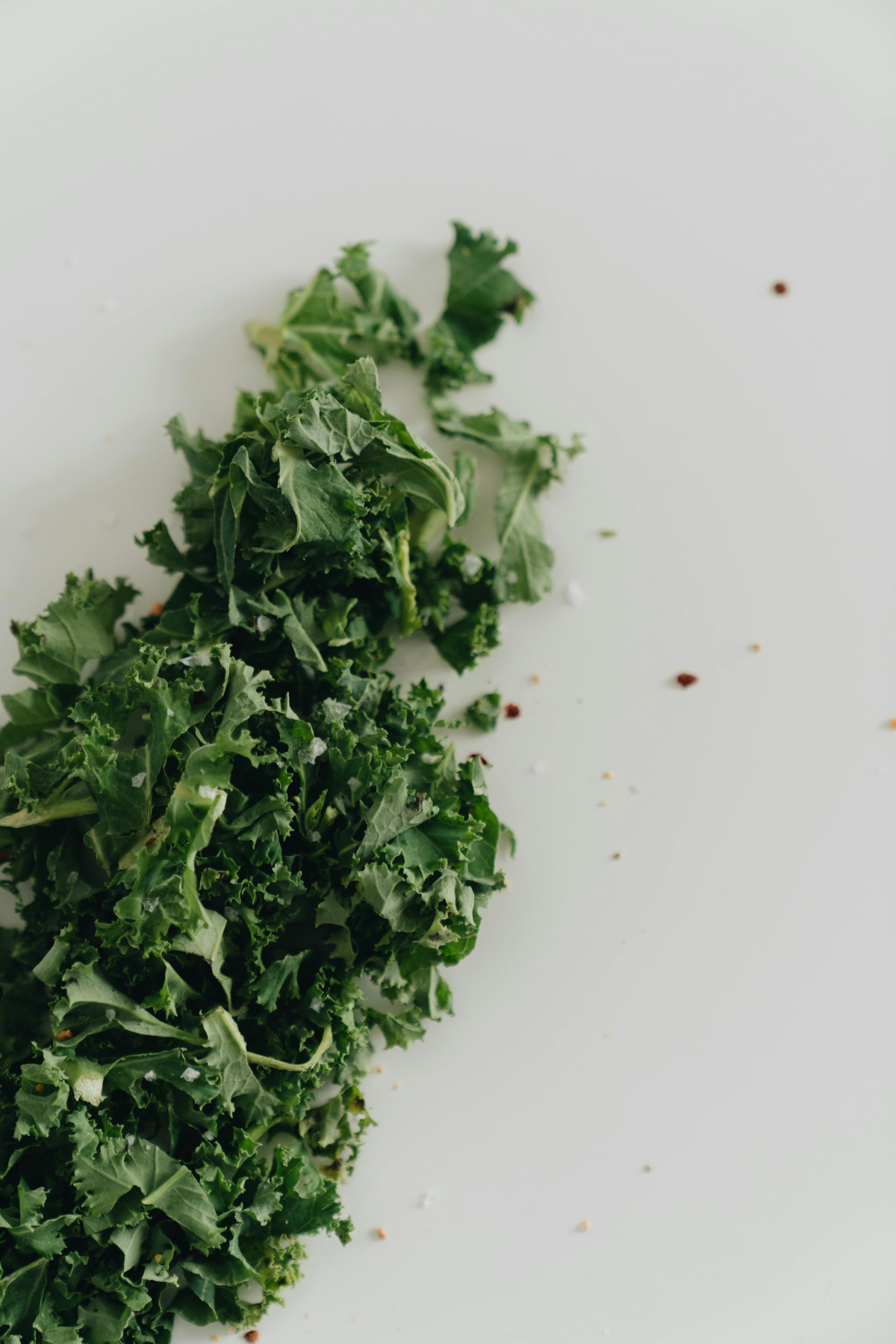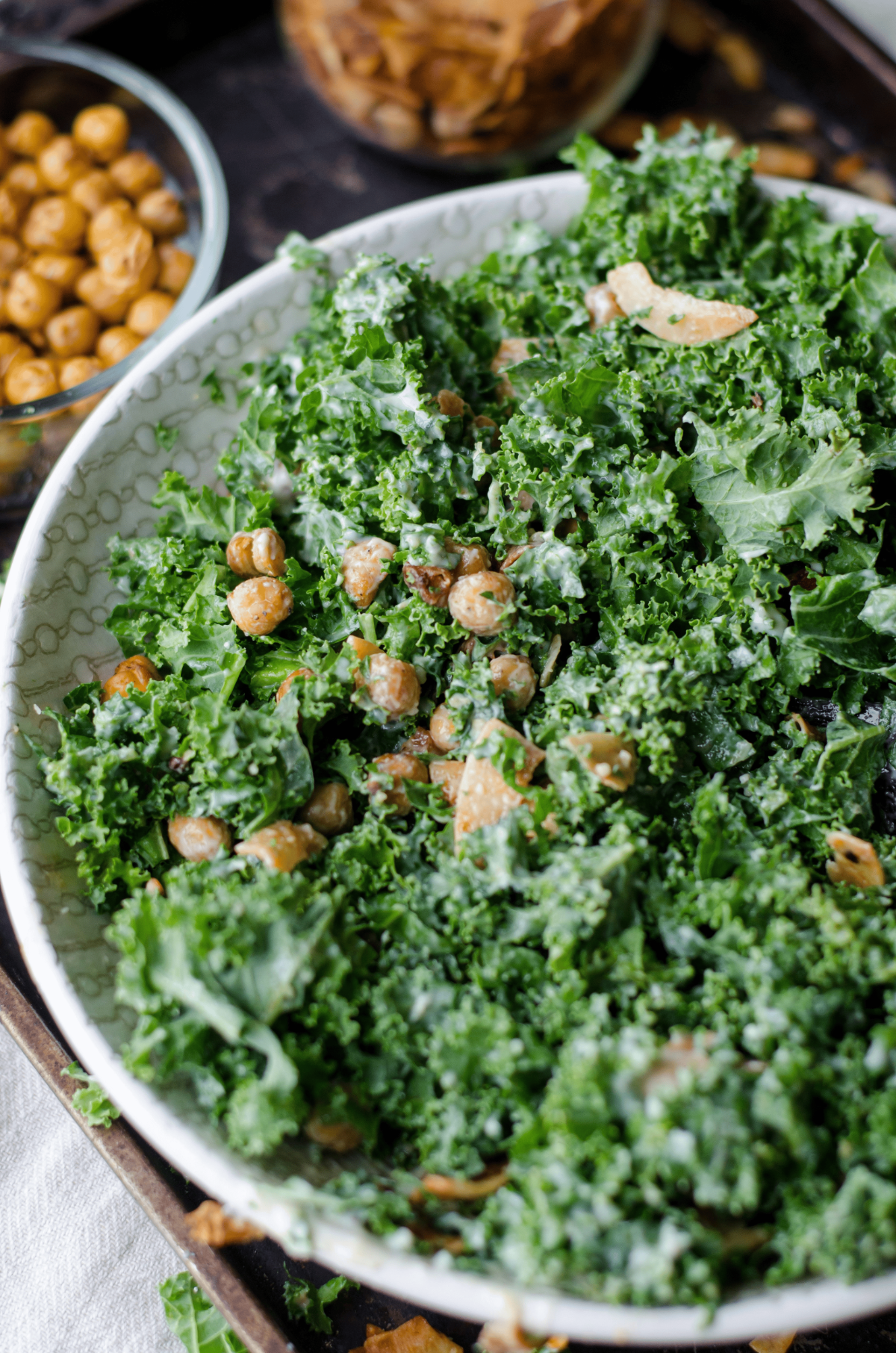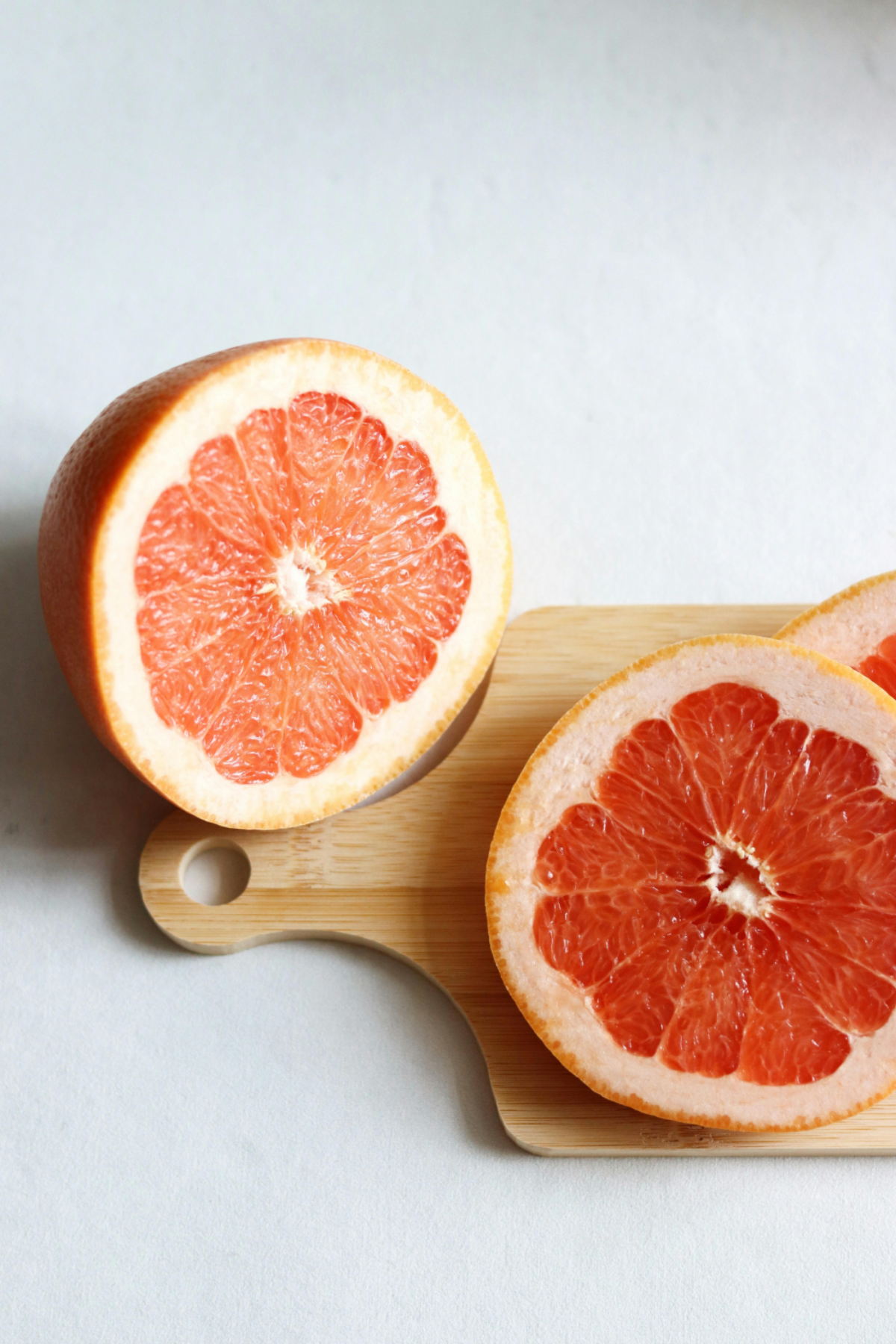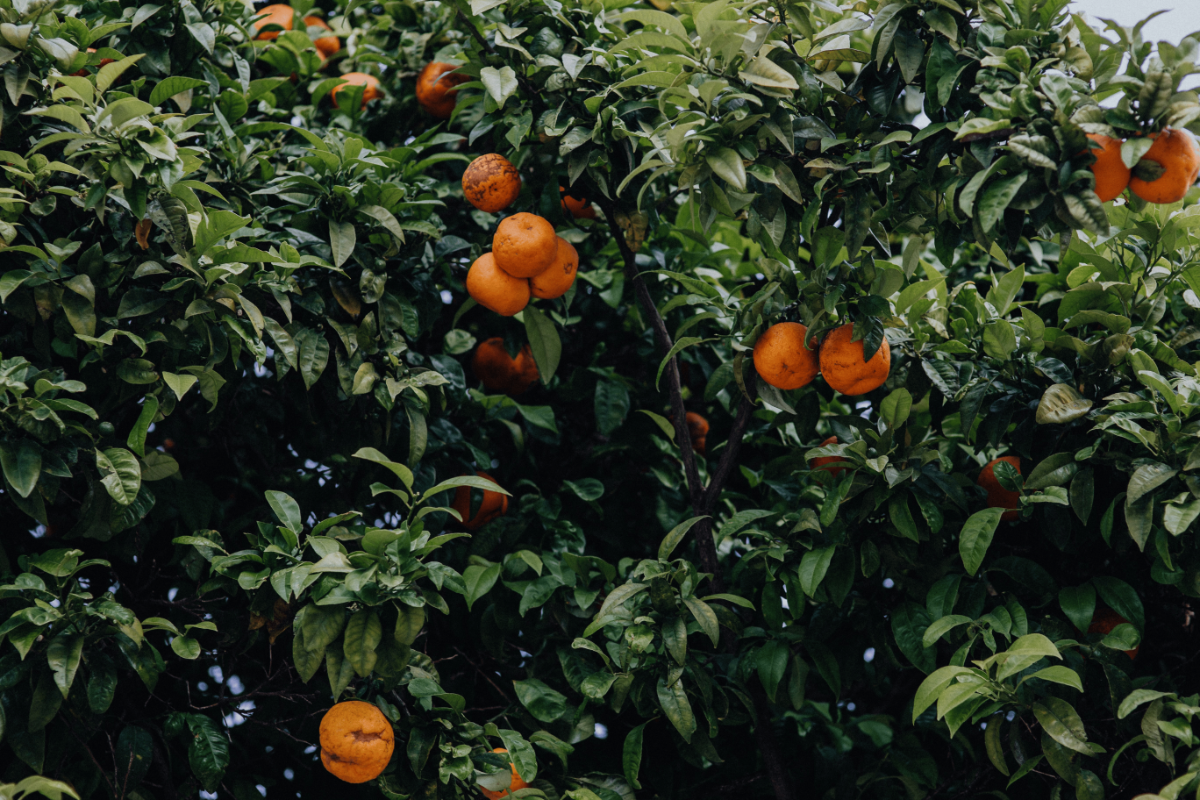Harnessing Medicine Foods for Chronic Disease Prevention
Last update November 15, 2025
Medicine foods turn everyday meals into powerful tools for disease prevention, showing how food can be medicine, and practical tips to improve health outcomes in just weeks.
Imagine sitting at a wooden kitchen table, steam curling from a bowl of broth while the scent of rosemary drifts through the room. In that moment, you feel how medicine foods, food chosen not only for flavor but also for measurable health benefits as part of a healthy diet, promise more than calories. They offer disease prevention and long-term well-being. This article shows adults and curious eaters everywhere how food-as-medicine principles can improve health outcomes, such as stabilizing blood sugar levels and increasing weight loss, among other benefits. You will see why many lack access to nutritious food, how medically tailored meals outperform pills for chronic conditions, and practical tips for making small changes that nourish both the body and mind. By the end, medicine will appear as a colorful diet, and you will possess the nutrition principles needed to cultivate good health in every meal.
What You’ll Discover
Affiliate Disclosure
Some links in this post are affiliate links. That means we may earn a small commission, at no additional cost to you, if you choose to make a purchase. These are always brands, stays, or experiences we would recommend to a dear friend. Thank you for supporting the quiet sustainability of Terra Selene.
What Are Medicine Foods?
Medicine foods are whole, unrefined, nutrient-dense choices that our ancestors once gathered instinctively and that modern research now measures with precision. Picture a plate anchored by fiber-rich vegetables, kale, beet greens, and sweet potatoes, crowned with antioxidant-packed fruits like blueberries and pomegranate arils, and accented by omega-3-laden oily fish such as sardines or wild salmon. By integrating food rich in healthy fats, avocado, walnuts, and cold-pressed olive oil, you begin to see how color, texture, and flavor align with biochemical purpose.
Unlike isolated supplements, these vibrant ingredients arrive bundled with synergistic nutrients, minerals, and vitamins that the body recognizes and absorbs with ease. Magnesium in leafy greens enhances vitamin D metabolism, quercetin in apples amplifies the antioxidant power of vitamin C, and the soluble fibre in oats feeds gut bacteria that modulate the immune system and tame inflammation. This orchestration is why swapping a packaged snack for a bowl of lentil-herb salad can tilt cellular chemistry toward repair within hours.
Equally important is what medicine foods displace. Removing processed foods laden with unhealthy fats and excess sodium trims the risk of heart disease, diabetes, and obesity while making room for protective phytochemicals, curcumin in turmeric, anthocyanins in blackberries, and allicin in garlic, that foster long-term well-being. In essence, eating medicinal foods translates centuries of culinary wisdom into evidence-based nutritional therapy capable of improving health faster than many prescriptions. Each bite becomes a micro-dose of prevention, a daily vote for vitality that accumulates meal after mindful meal.
Why Food is Medicine: The Research
Large-scale cohort studies, randomized controlled trials, and real-world pilot programs now converge on a clear verdict: therapeutic diets work. In the PREDIMED trial, a fruit-forward, whole-grain-rich Mediterranean pattern lowered major cardiovascular events by 30 percent compared with a low-fat control, numbers that echo through hospital wards treating patients with hypertension, cardiovascular disease, and diabetes. Closer to home, Geisinger’s Fresh Food Farmacy delivers medically tailored meals and hands-on nutrition education; participants have slashed HbA1c scores by 1.9 points and reduced emergency visits by 38 percent within a single year, translating to thousands in personal savings and fewer readmissions.
Macro-economically, the implications are staggering. Modeling by Tufts and the Rockefeller Foundation estimates that universal access to Food is Medicine services, produce prescriptions for at-risk households plus condition-specific meal deliveries, could avert 1.6 million CVD events over a decade and trim national healthcare costs by $13.6 billion annually. No pill has matched that balance of efficacy and affordability.
The shift is already permeating clinical culture. The American College of Lifestyle Medicine now certifies physicians in nutrition education and whole-food plans, equipping them to treat nutrition-related chronic diseases at the root rather than defaulting to pharmaceuticals. For the individual, the science is equally compelling: diets centred on leafy vegetables, berries, legumes, and extra-virgin olive oil lower inflammatory markers, improve endothelial function, and foster sustainable weight loss, biochemical ripples that can reverse entrenched chronic health conditions. In short, the research confirms what traditional kitchens always knew: when thoughtfully chosen and consistently prepared, food does far more than feed; it heals.
From Prescription to Plate: Medically Tailored Meals
Picture opening your fridge to find neat, labelled dishes, each recipe tuned to soothe heart disease, protect fragile kidneys, or steady blood sugars after cancer treatments. These ready-to-heat plates are called medically tailored meals (MTMs). Designed by registered dietitians and prescribed by your clinician, MTMs lift the weight of menu planning, portion guessing, and late-night take-out. Every delivery guarantees consistent access to nutritious food, even on days when energy is low and appetite uncertain.
A cardiac box, for example, trades fried chicken for citrus-grilled salmon, quinoa brightened with roasted peppers, and kale glistening with extra-virgin olive oil, cutting sodium and unhealthy fats while adding anti-inflammatory omega-3s. For renal care, you might see lemon-herb turkey over couscous, seasoned to keep phosphorus in check.
Early adopters such as Mass General Brigham now screen for food insecurity during routine visits; if patients flag risk, a “food prescription” routes them to subsidised MTMs or produce vouchers. Results speak gently yet powerfully: fewer emergency visits, steadier lab numbers, and meaningful savings for both households and health systems without burying diners in pills.
Beyond the doorstep, MTMs plant new habits. Recipes arrive with brief cooking notes, nudging families to recreate similar flavors once the program ends. The takeaway? When healthcare treats the dinner plate with the same respect as a drug chart, nutritious food becomes everyday therapy, healing body, budget, and spirit, one well-seasoned bite at a time.
Overcoming Food Insecurity for Consistent Access
In Boston, the Mass General Brigham network now treats two simple hunger-screen questions like vital signs: if a patient signals food insecurity, a navigator hands them a produce-prescription voucher and schedules the Community Care Van to stop outside their building later that week with crates of kale, blood-pressure checks, and quick cooking lessons, tangible proof that spinach can be follow-up therapy. Across the Atlantic, London’s Fruit & Veg on Prescription pilot runs a similar loop of dignity and access; GPs in Tower Hamlets and Lambeth write “RX: courgettes and oranges,” and weekly vouchers flow through local markets so families can claim fresh produce without cash changing hands. Liverpool goes mobile too: the Queen of Greens greengrocer bus, guided by a University of Liverpool mapping tool, now rumbles into the city’s “food deserts,” restocking 470 households a week and widening its route each season.
Back in rural Pennsylvania, Geisinger’s Fresh Food Farmacy fills shopping carts instead of pill organisers; participants with uncontrolled diabetes take home ten chef-planned meals each week, see average HbA1c levels fall by roughly two points, and slash emergency-department visits by nearly one-third, a metabolic shift many drugs struggle to match. North of the border, a 52-week produce-prescription study in Ontario found similar gains in diet quality and household food security, building momentum for province-wide scaling. Together, these programs, from Boston streets to English buses and Canadian clinics, demonstrate that when clinicians, farmers, and community organizers make fresh ingredients as reachable as medication, food insecurity loosens its grip and consistent access to nutritious food becomes a first, delicious dose of lasting health.
Six Pillars of a Medicine Food Pantry
Begin with grains that feel close to their field: steel-cut oats, barley, and farro. Their essential, soluble fibers steady blood sugar, releasing energy the way dawn light slides across a kitchen table, while trace minerals such as magnesium and chromium coax insulin to work more gracefully. Move next to leafy and root vegetables; kale, beet greens, carrots, and sweet potatoes layer the palate with chlorophyll, beta-carotene, and anti-inflammatory flavonoids. Every chopped stem or roasted cube mends micro-tears in arterial walls and seeds the gut with prebiotic fibers that train the immune system to quell silent inflammation.
Color deepens when you add fruits. Berries, citrus, and pomegranate bathe the bloodstream in vitamin C and anthocyanins that scavenge free radicals before they can spark DNA misfires linked to cancer. Their natural sugars arrive cushioned by pulp and pith, an elegant brake on glucose spikes. To escort those antioxidants through cell membranes, invite healthy fats: the velvet of avocado, the quiet crunch of walnuts, and the peppery richness of extra-virgin olive oil deliver omega-3s and polyphenols that calm triglycerides and keep arterial linings supple.
Protein, the structural poet of every meal, comes from legumes and tofu. Lentils simmered with cumin, black beans folded into tortillas, and silken tofu whisked into miso soup, each offering amino-acid profiles needed for tissue repair without the saturated fats that accelerate chronic conditions. Finally, awaken the pantry with culinary herbs and spices. Turmeric swirls curcumin into curries, ginger sharpens digestion and circulation, and rosemary’s rosmarinic acid acts as a fragrant guardian against oxidative stress. These botanicals amplify flavour so convincingly that excess salt becomes unnecessary.
Stocking shelves with these six families of ingredients equips you for a rhythm where spring asparagus, summer peaches, autumn squash, and winter citrus cycle effortlessly through your repertoire. Together, they turn Tuesday supper into preventive care, transforming the pantry from a storage closet into a quiet apothecary of everyday resilience. If you’d like to fine-tune the art of timing those choices, explore our guide to seasonal eating at peak harvest, where we map out what’s freshest each month and how to make the most of it.
Cooking Tips: Making Small Daily Changes
Begin with small changes, but let them ripple through the week like a quiet drumbeat. Roast sweet potatoes instead of frying them, letting their natural sugars caramelize until the edges darken and the centers turn custard-soft; the slow heat preserves beta-carotene while sidestepping the trans-fats that lurk in conventional fries. Ladle a smoky lentil stew over nutty brown rice and feel the duo’s soluble fibre steady your blood sugar for hours. Drizzle tahini whisked with lemon and garlic over crisp greens, sesame’s healthy fats carry fat-soluble vitamins deeper into your cells than any creamy bottled dressing ever could.
Set aside an unhurried Sunday hour for mise en place: simmer a pot of beans with bay and cumin until tender, slice rainbow peppers into ready strips, rinse quinoa and keep it in a mason jar beside dried apricots and dill. This simple ritual dismantles weekday cooking stress; on a rushed Tuesday, those beans become tacos with lime-spritzed cabbage, while pre-chopped peppers tumble into a five-minute stir-fry. Pair vitamin-C-rich bell peppers with iron-dense spinach to spark absorption, then scatter chia over yogurt so its gelled fibre slows sugar release, stretching satiety through the afternoon. When cravings rumble, choose dark-chocolate-coated almonds, polyphenols meet healthy fats, silencing the impulse for ultra-processed snacks. For deeper inspiration, wander over to our primer on choosing and using seasonal cookbooks, where you’ll see how one tray of roasted vegetables can evolve into soups, salads, and even savoury oats throughout the week. These intentional swaps, repeated meal after mindful meal, retrain taste buds, unlock sustainable weight loss, and nudge lab metrics toward radiant health.
Your Daily Nourishment Routine
When the last pot is washed and the kitchen lights soften, let the quiet glow remind you that health was written into every bite you chose today. A jar of chickpeas on the shelf whispers tomorrow’s possibilities; the scent of rosemary lingering on your fingertips traces an invisible line from soil to spirit. By stocking a pantry alive with color and texture, grains still tasting of fields, oils pressed from sun-warmed fruit, spices that travelled along ancient routes, you turn each meal into an act of reclamation. It is here, in the rhythmic alchemy of chopping, simmering, and plating, that chronic worries loosen their grip and the body remembers its own blueprint for repair.
Carry that certainty into the week ahead: the next forkful can steady blood sugar, the next market visit can stitch community, the next shared table can rewrite a family story. Medicine foods are not a regimen so much as a daily ceremony, an invitation to inhabit your life with more intention, more vitality, and a gentle reverence for the plants, waters, and hands that make nourishment possible. Let every plate you craft be both remedy and celebration, an unhurried promise that wellbeing grows wherever mindful choices take root.











